Some Headaches Are Defined Entirely By Location, But Others Require Other Clues To Figure Out
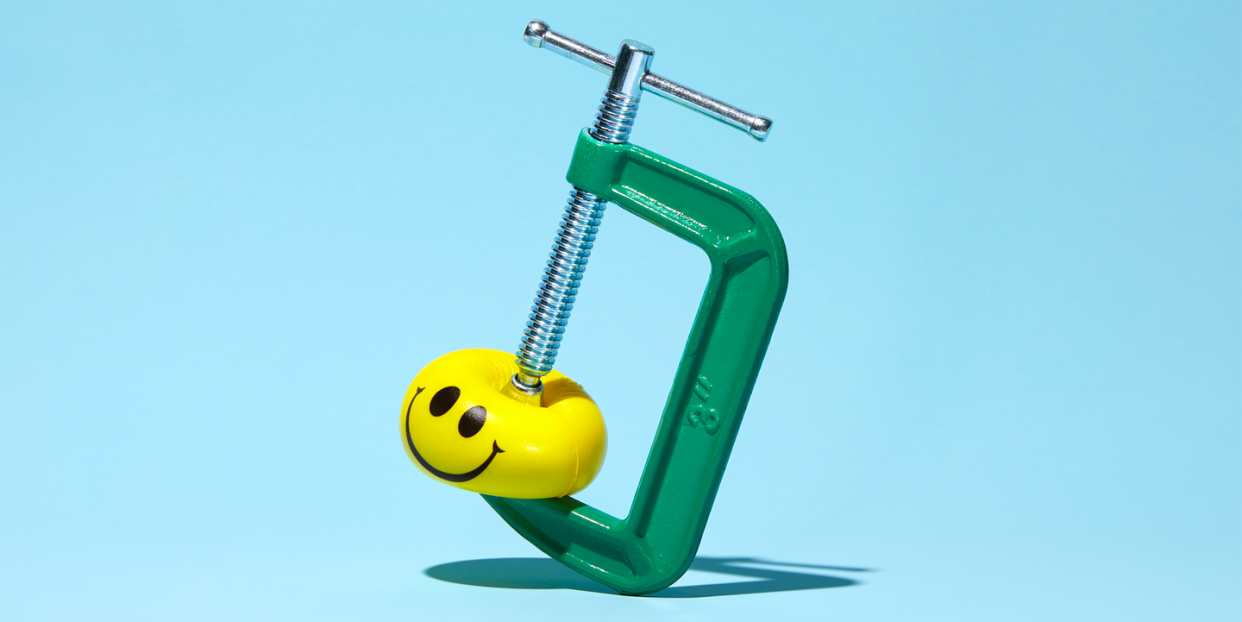
When it comes to aches and pains you don’t want to experience in your body, a headache is up there. But, while all headaches suck, they’re not created equal. There are actually several types of headaches, and they can show up in different areas of your head. That's why a headache chart can come in really handy.
One note, though: A headache’s location won’t tell you everything. Along with other symptoms, it can give you some indication of what’s going on. “It really depends on the whole story,” says Pengfei Zhang, MD, an assistant professor of neurology at the Rutgers Robert Wood Johnson Medical School. “Some headaches are defined almost entirely by location; other headaches has [location] as part of their diagnostic criteria, but the location itself is not sufficient for diagnosis.”
Also, more common types of headaches can show up in a few different places: your sinus region (i.e., the center of your head and under your eyes), behind your eye, or on one side of your head. The reason? “Headaches are often triggered, [and] the trigger typically drives the location of the headache,” says Amit Sachdev, MD, the director of the division of neuromuscular medicine at Michigan State University. “For example, sinus and tension headaches tend to be the front of the face. Headaches associated with neck spasm tend to drive back of the head symptoms.”
Okay, so what are the different types of headaches and how can you figure out what's bothering you? Here’s everything you need to know.
Wait, so is the location of your headache important?
Again, where your headache is happening is and isn’t important. “Location can play a role in determining the type of headache, but it’s not everything,” notes Jared Pomeroy, MD, MPH, a neurologist with Spectrum Health.
Different types of headaches can cause pain in the same area of your head, says Dr. Zhang, making location a tricky way to self-diagnose headaches.
Okay, got it. Then what are the most common types of headaches?
Headaches come in all kinds of shapes and sizes. In general, your headaches can be broken into the following groups.
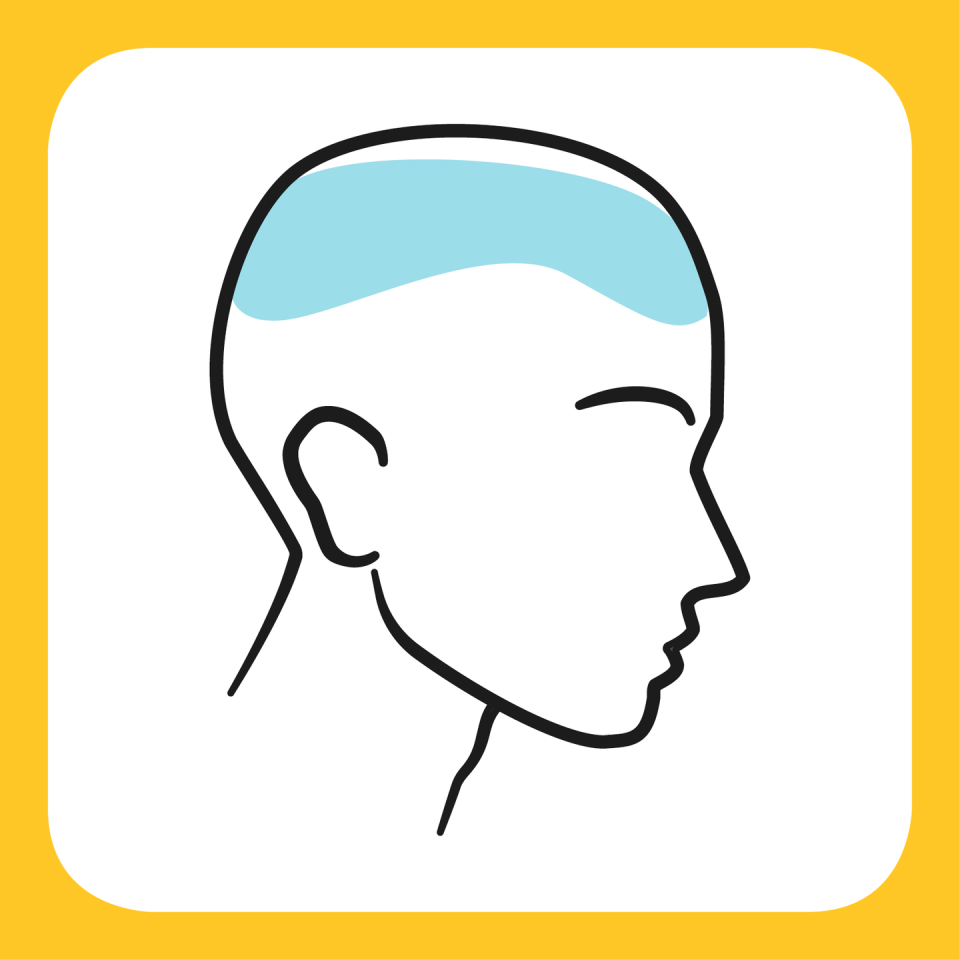
Tension Headache
A tension headache is the most common type of headache, according to the National Library of Medicine (NLM). It's usually brought on by stress or a result of muscle tension in your head, scalp, or neck. This type of headache usually makes you feel like a band is squeezing your head (fun!).
Tension headaches generally cause pain across the forehead or on both sides and the back of the head, according to the Mayo Clinic. They tend to come on slowly, and are usually mild to moderate.
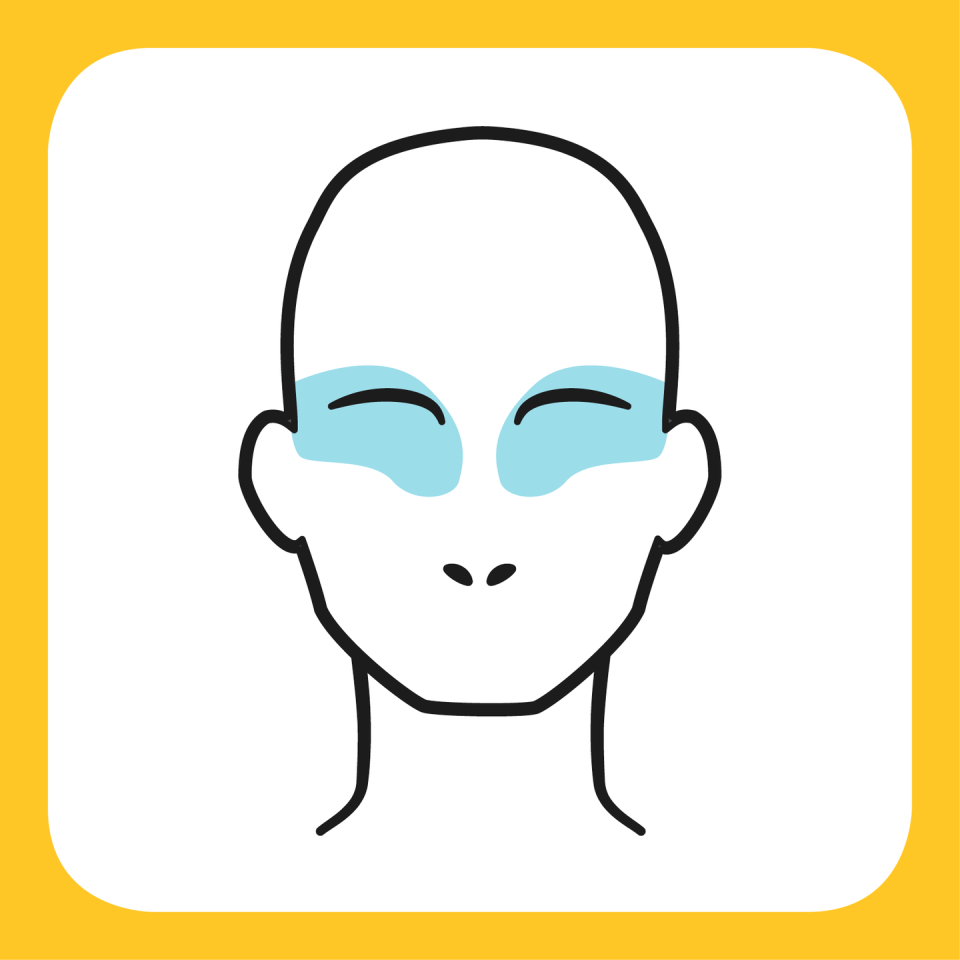
Cluster Headache
A cluster headache usually causes pain in and around one of your eyes or the side of your head, per the Mayo Clinic. It's considered rare compared to other types of headaches, and it's more common in men than women. It usually happens in phases called cluster periods and each attack generally lasts one to three hours, with the pain building up to a peak in 10 to 15 minutes
Besides the sudden onset of pain, you may also experience restlessness or agitation, red or watering eyes, a stuffy nose, sweating on the forehead, and eyelid drooping or swelling, according to Johns Hopkins Medicine.
The exact cause of cluster headaches isn’t known, but certain medications like nitroglycerin (a drug used to treat heart disease) can play a role, per the Mayo Clinic. “This can be one of the worst headaches you have,” says Medhat Mikhael, MD, a pain management specialist and the medical director of the non-operative program at the Spine Health Center at MemorialCare Orange Coast Medical Center in Fountain Valley, California. “It can feel like someone is poking a knife through your eye.”
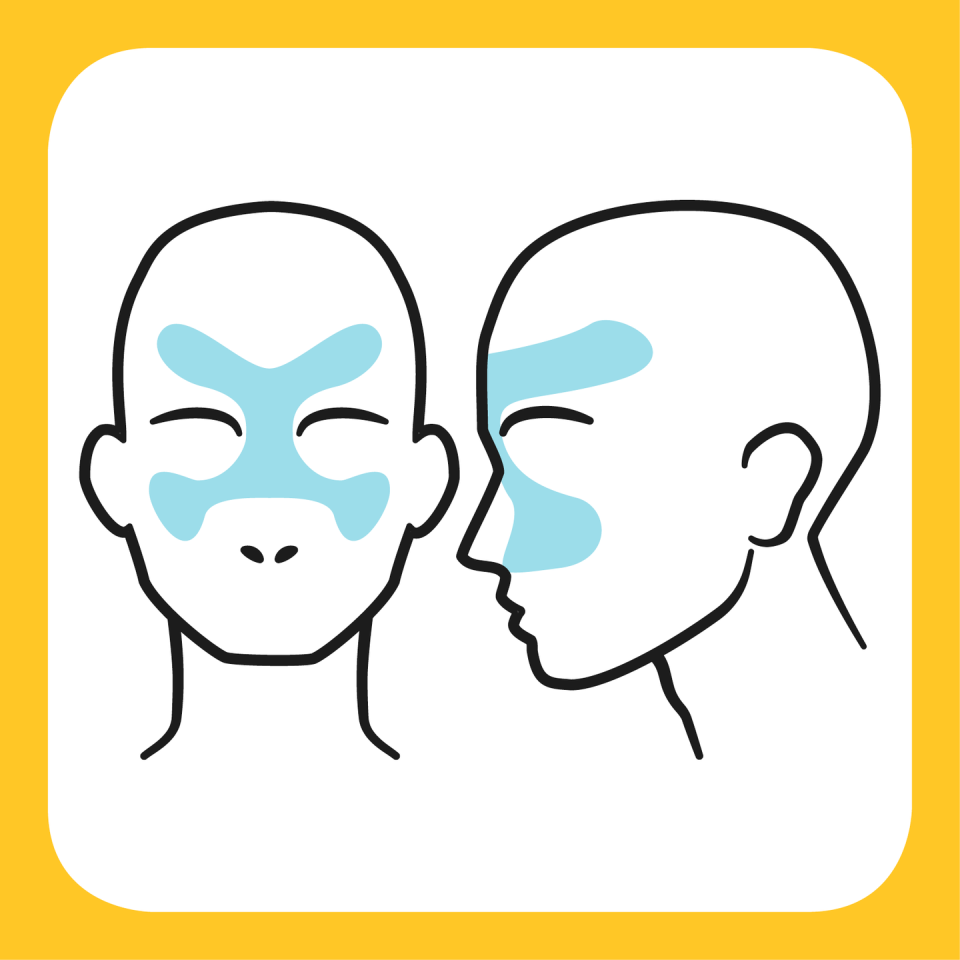
Sinus Headache
Sinus headaches generally feel like you’re having pain in your forehead, the bridge of your nose, or behind your cheekbones, according to the Cleveland Clinic. The pain usually gets worse when you move your head suddenly, and you may feel a constant dull ache.
This type of headache is a sign of a sinus infection, which causes pressure and pain in your face. You'll also have a fever, stuffy nose, thick and colored mucus from the nose, feeling of fullness in the ears, and a puffy face. Anything from the common cold, seasonal allergies, nasal polyps, and a deviate septum could be to blame.
Heads up, though: Most of the time what people call a sinus headache is actually a migraine with nasal symptoms. Note that your discharge will be clear if you have a migraine.
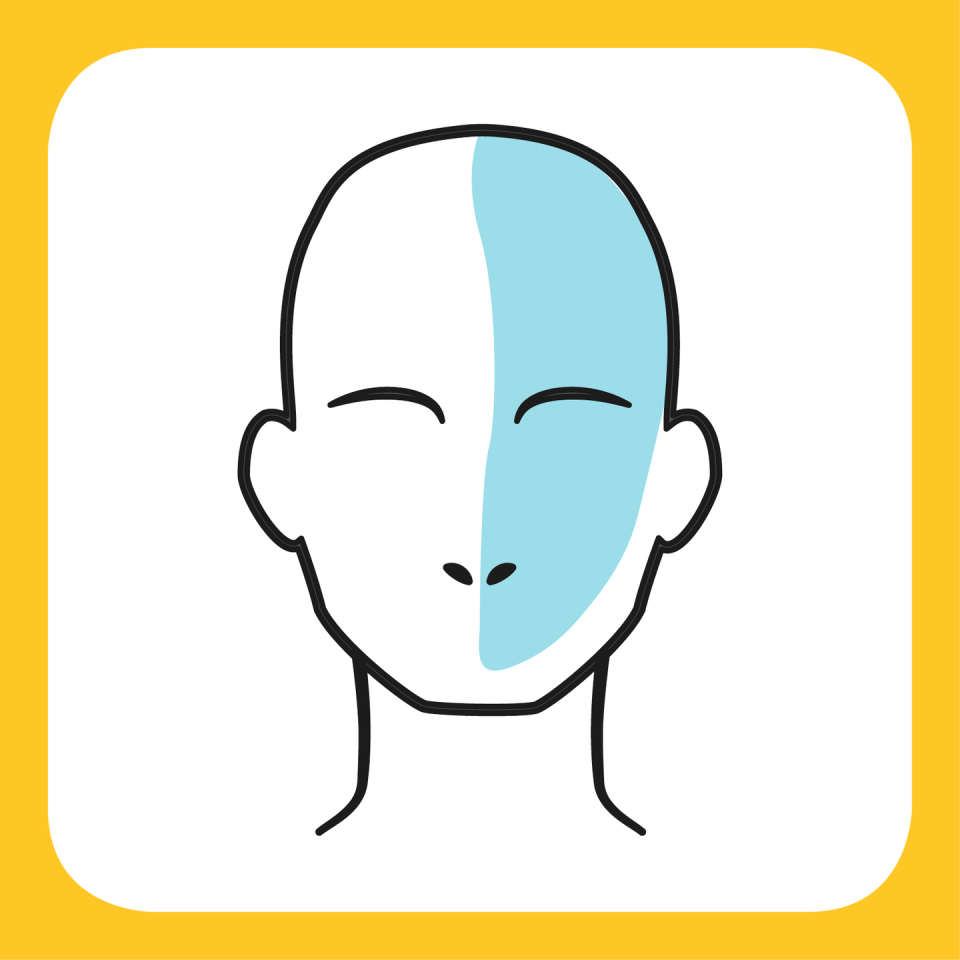
Migraine Headache
A migraine is a severe headache that usually causes pounding or throbbing pain on one side of your head, according to the NLM. In addition to pain, they can also cause nausea and sensitivity to light, noise, or smell. Women are three times more likely than men to have migraines, per the Cleveland Clinic.
The cause of migraines is not fully understood, but they tend to run in families. You may also be more susceptible if you have a high stress level or are a smoker.
Migraines can be triggered by a slew of things, including stress, hormonal changes, light, certain foods and drinks, skipping a meal, caffeine, and lack of sleep, according to the Mayo Clinic.
Can COVID-19 cause headaches?
A headache is one of the main symptoms of COVID-19, according to the Centers for Disease Control and Prevention (CDC), besides the usual fever, cough, sore throat, and muscle or body aches.
“Headache is very common in COVID-19 infections,” Dr. Sachdev says. “These typically look like tension style headaches with the forehead or face aching.”
To get relief, Dr. Mikhael recommends using an anti-inflammatory medication like acetaminophen or ibuprofen. Adequate hydration and some caffeinated products can also help, he adds.
When should you worry about your headache?
Dr. Sachdev recommends keeping an eye out for “red flag” symptoms that indicate you should seek treatment soon, such as:
Systemic symptoms like a fever or night sweats
Weakness that’s new
Numbness that’s new
A “thunderclap” headache that comes out of nowhere and feels like the worst headache of your life
You’ll also want to see your doctor if you’re having regular headaches that cause you to treat it with over-the-counter medication more than four days a month, says Dr. Pomeroy. “If your headache is affecting your work or having a significant impact on your life, you really owe it to yourself to speak to your physician,” he adds.
You Might Also Like

